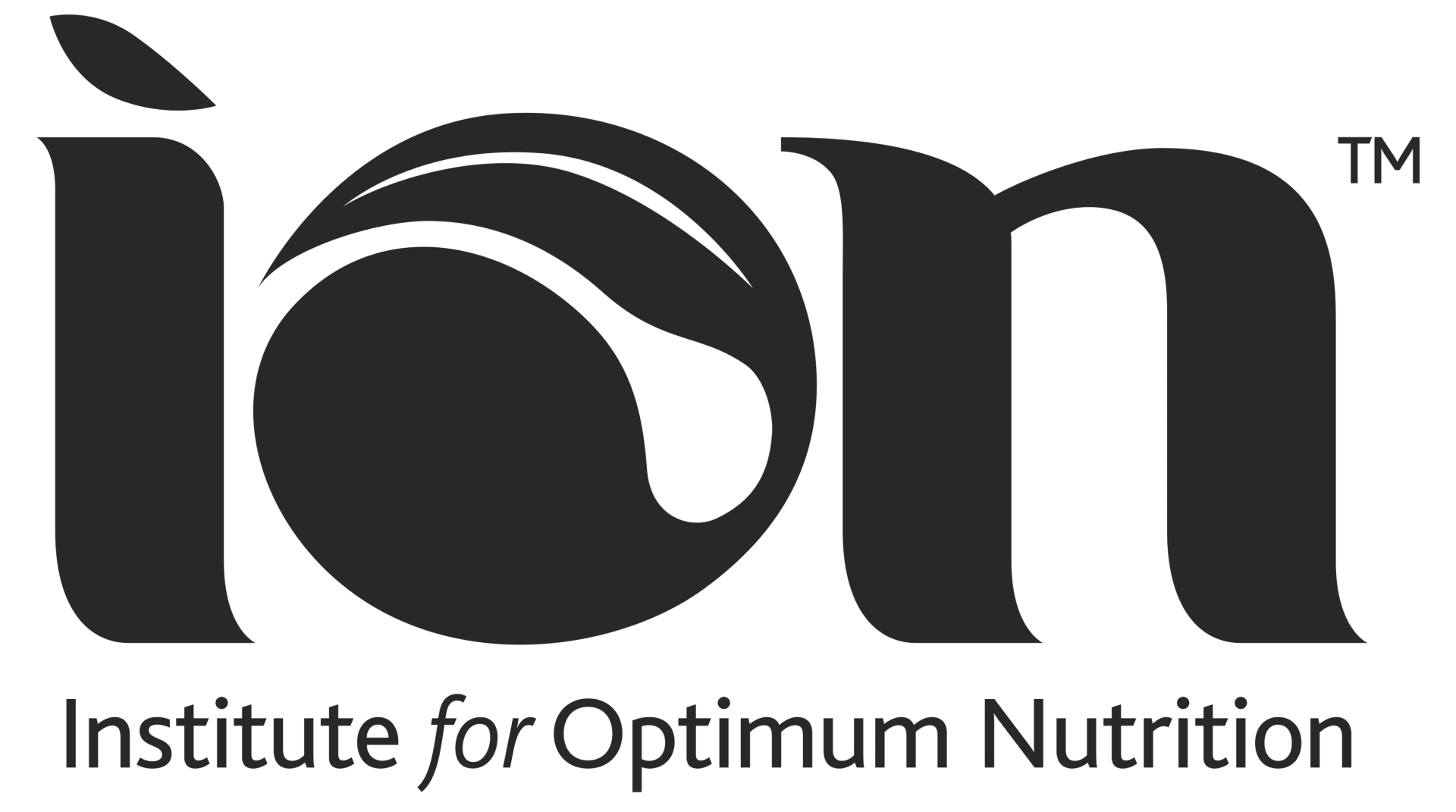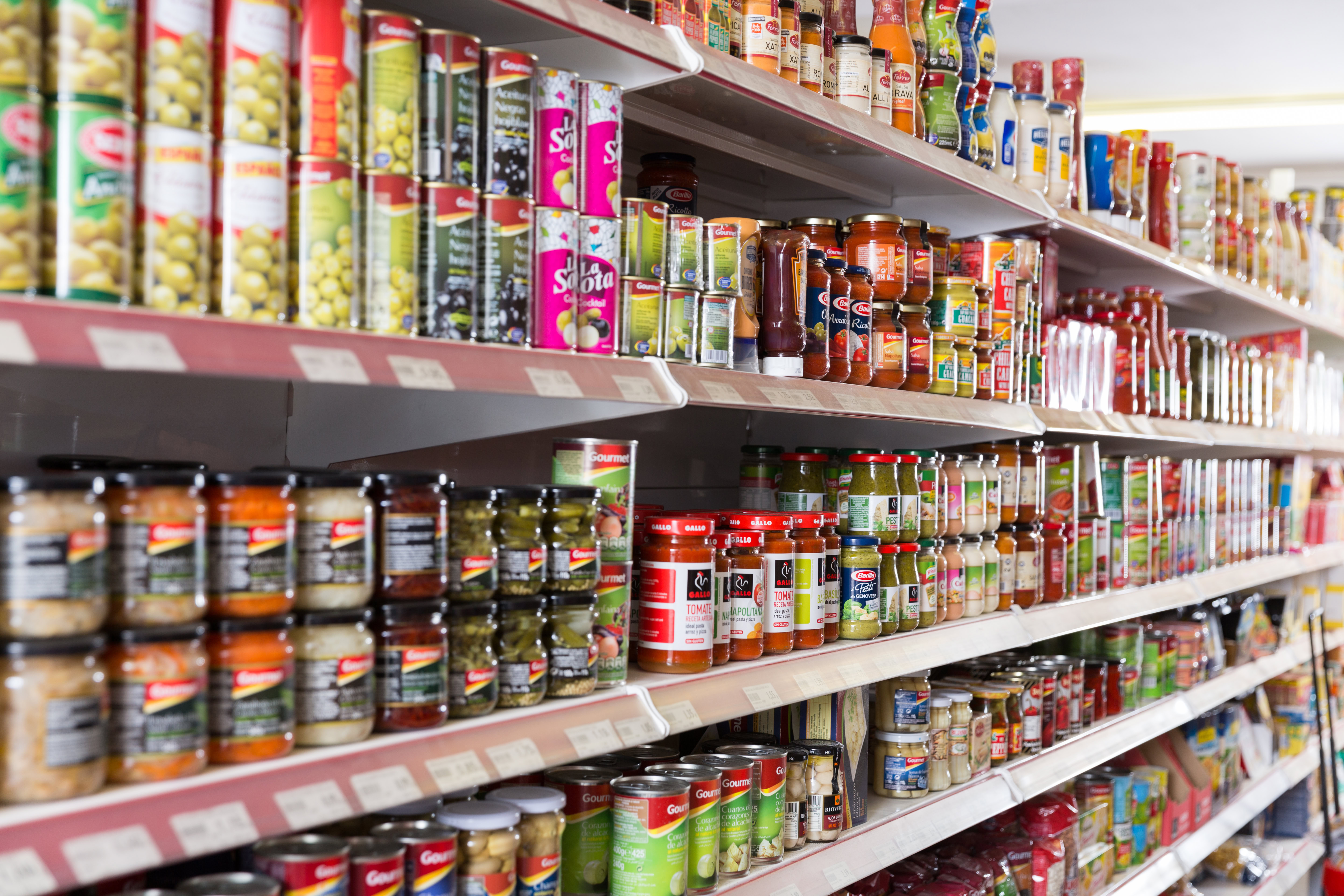Nutrition
The term ‘processed food’ is often one we associate with shiny, packaged, devoid-of-anything-natural products you might find at service stations and fast food restaurants. Yet, contrary to popular belief, not all processed food is bad for us.
‘Processed’ refers to anything that has been altered from its original form. So, unless we’re drinking milk straight from a cow or eating vegetables directly from the ground, the majority of what we eat has been processed. It can help to think of it like a spectrum, ranging from technologies such as freezing, up to the incorporation of additives. The further along you go, the more processed food becomes.
It’s the foods at this latter end that have come to be known as ‘ultra-processed’, after a team of Brazilian researchers linked them to the development of some cancers. According to Jane Barrett, a registered nutritional therapist, it’s important to distinguish between these and less processed foods that can be useful.
“A pot of shop bought hummus would be considered a processed food, but if the ingredients are minimally processed whole foods, then these foods can be a boon to a busy family,” she says. “But it is straying further away from its natural form when additives, preservatives, flavourings, colours and sugars are added. The more ultra-processed something is, the less nutritious it will be.”
What is ‘ultra-processed’ food?
On average, ultra-processed foods contain eight times more added sugar than processed food; while a higher percentage of calories from added sugars is associated with significant increases in blood pressure, triglycerides, blood glucose and fasting insulin.
Ultra-processed foods are also characterised as being high in added salt and saturated fat, as well significantly lacking in dietary fibre, vitamins and minerals, compared to whole foods.
Is ultra-processed food bad for you?
Together, added fat, sugar and salt make ultra-processed foods highly palatable, with what is commonly called the ‘bliss point’. This is the taste and texture sensation designed to keep us going back for more and which is so successful that, in the UK, ultra-processed foods now account for almost 50% of our daily energy intake and are increasingly being blamed for contributing to a range of diseases.
One French study that examined the dietary records of more than 100,000 adults found people who consumed more ultra-processed foods had higher risks of cardiovascular disease, coronary heart disease, and cerebrovascular disease. Foods were grouped according to their degree of processing, and rates of disease were measured over a follow up of 10 years.
Results showed that a 10% increase in the proportion of ultra-processed food in the diet was associated with significantly higher rates of overall cardiovascular disease (12%), coronary heart disease (13%) and cerebrovascular disease (11%). In contrast, a significant association was found between unprocessed or minimally processed foods and lower risks of all reported diseases.
Whilst the study was observational, so could only confirm an association and not causation, it supported previous research linking highly processed foods with poor health. The researchers said policies to limit the proportion of ultra-processed foods in the diet and to promote consumption of unprocessed or minimally processed foods were needed to improve global public health.
The NOVA system
“In an ideal world we’d all be eating fresh, unprocessed foods as nature intended at each meal,” says Barrett. While our busy modern lives can make it difficult to make healthier choices, using a system called NOVA may help.
Developed by the same team that coined the term ‘ultra-processed’, NOVA is a food classification system that grades foods according to the degree they have been processed.
The first category, group one, includes ‘unprocessed or minimally processed foods’. This refers to whole foods like fruits, vegetables, meat and nuts, and includes basic processes that remove inedible parts, make food safer for human consumption (such as pasteurising milk) or preserve shelf life (e.g. freezing).
In an ideal world, we’d all be eating fresh, unprocessed foods as nature intended at each meal…
Group two, known as ‘processed culinary ingredients’, includes foods that have undergone processes such as pressing, refining, milling and grinding. Examples include butter from milk or sugar obtained from cane or beet.
Group three, or ‘processed foods’, contain two or three ingredients and are usually a result of foods from group two being added to foods from group one. The purpose is to increase the durability of group one foods or to enhance their sensory qualities — such as fermented vegetables (e.g. salt added to cabbage to create sauerkraut), cured meats or freshly made bread.
Despite assumptions about ‘processed foods’, group three foods can have health benefits. Some, for example, can be fortified with specific nutrients to prevent deficiencies — such as plant-based milks fortified with vitamin D and calcium, or wheat flour fortified with folic acid. However, in general, group three foods should be eaten in moderation, with most of our food coming from groups one and two.
‘Ultra-processed foods’ make up the final category in the NOVA system. The way to identify group four items, says Barrett, is whether or not they contain ingredients found in a domestic kitchen. “The rule I teach to my clients is that if the ingredients in a processed food are items you have in your cupboard, then go ahead and use these foods occasionally,” she says. “If you can’t pronounce them, they sound like a bunch of chemicals or are simply a list as long as your arm, then they are best avoided.”
Bread made from wheat flour, water, salt and yeast, for example, would be processed, but add emulsifiers and colourings to the mix and it becomes ultra-processed.
“I encourage my clients to particularly steer clear of emulsifiers,” adds Barrett. “[These] are thought to contribute to gut disease development through changes to the delicate intestinal mucus layer, the gut microbiome, increased bacterial translocation and increased inflammation. I use the analogy that it’s like squirting washing up liquid into your gut.”
Should you avoid processed food completely?
In light of these cautions, can there ever be a place for ultra-processed foods in our diet?
“[If you] aim to balance your diet so that it has mostly unprocessed foods or minimally processed, then the occasional ultra-processed purchase is unlikely to de-rail you,” says Barrett. “I subscribe to the 80:20 rule. If you spend most of your time eating well yet yearn for the indulgence of a gooey chocolate cake every so often, then don’t be too hard on yourself — you have to feed your soul too.”






